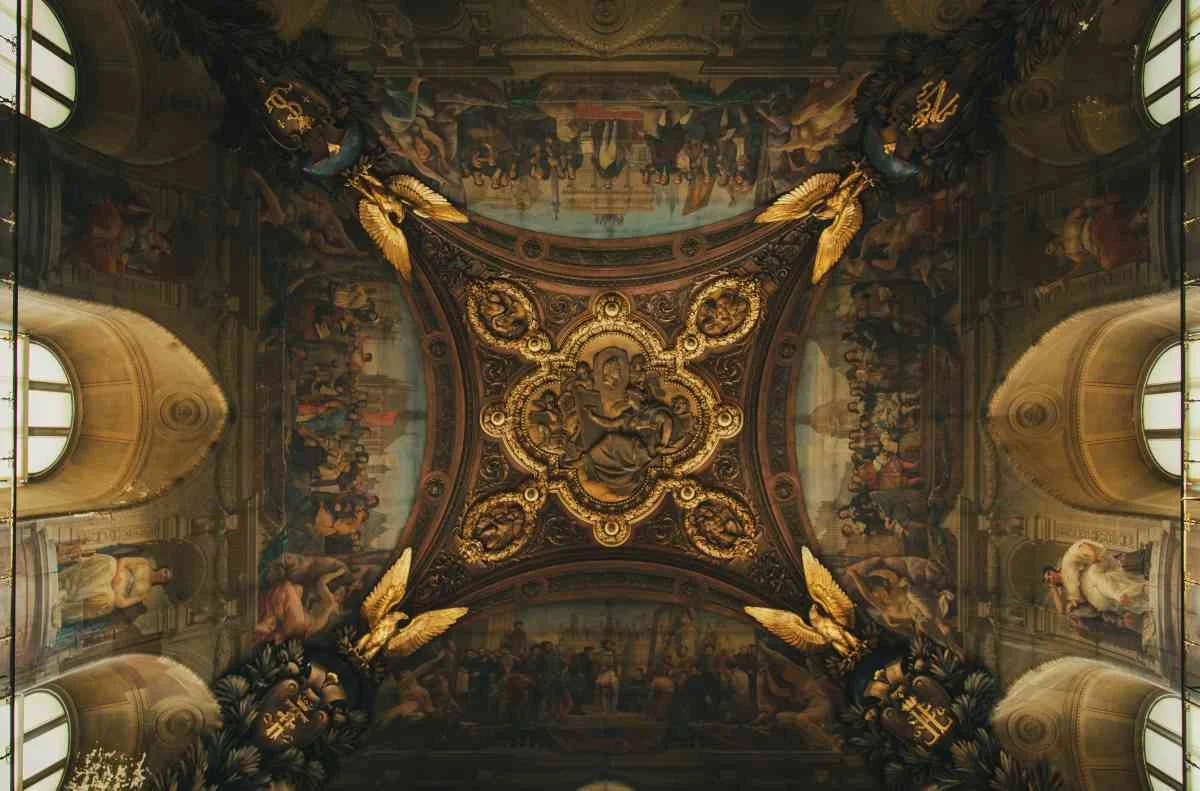Baroque architecture, with its classic and opulent style, stands as one of the most notable design movements in history. While the baroque architecture in the Philippines is often seen, premium homes have adopted it beauty among their interiors.
Learn about how Baroque architecture is now being infused in modern architecture and maybe it fits your home for a new look or makeover.
What You Need to Know About Baroque Architecture
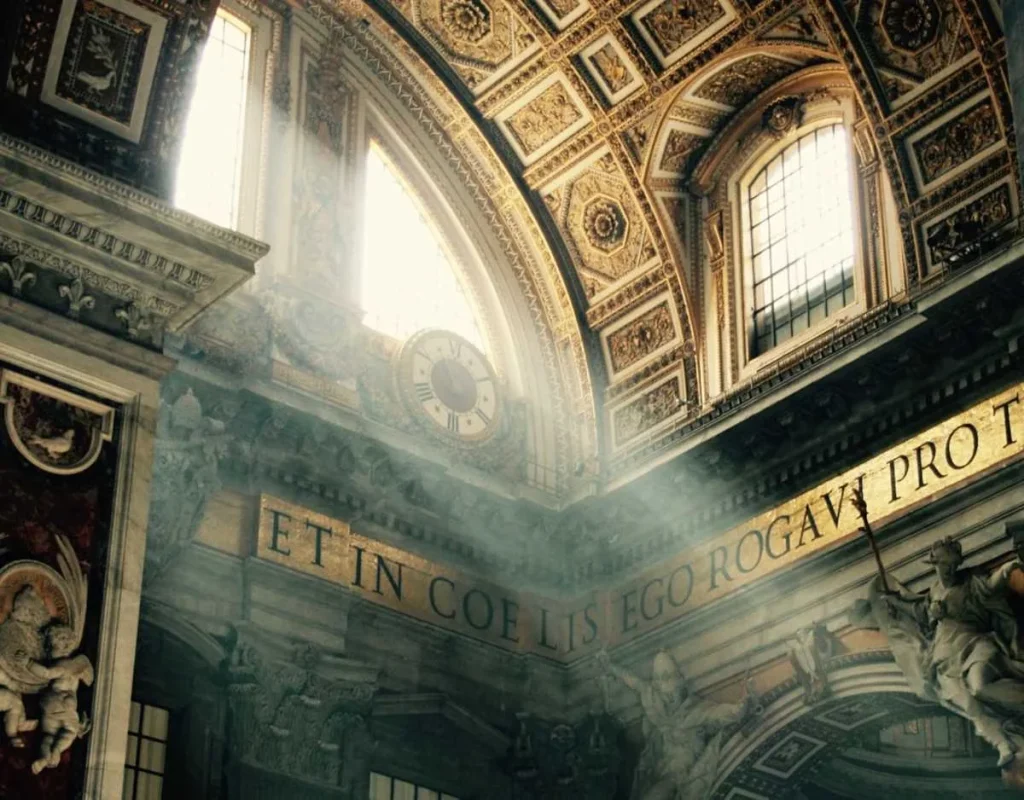
The Baroque Period
The Baroque movement began around 1600 in Italy and later spread worldwide. According to the Victoria & Albert Museum, it became the first global visual style, which, is a part of a broader Baroque art movement.
The Baroque visual art encompasses architecture, art, and furniture which aims to convey power in its aesthetics which can be seen in ornate churches, Louis XIV’s use in France, and the iconic Chateau de Versailles.
It eventually evolved into Rococo or known as Late Baroque. It emerged in the 18th century Paris which is a response to French Baroque strictness.
Although its decline in the 18th century, it is later revived in the 19th and 20th centuries among Modern Baroque and Hollywood Regency, having sporadic contemporary revivals in Modern Romantic in the latest 21st century.
How the Baroque Design Used in Modern Architecture
The 18th century Baroque architecture was opulent and lavished which protrude the wealthy lives of the royals or the elites. However, modern architecture and the decline in Baroque design has led to an influence using contemporary interiors.
Modern architectures uses a minimalist approach for instance, a French Baroque or gilded Italian mirror or bed frame are used to serve a striking focal point among modern spaces with a neutral finish to add a more electric design.
Characteristics of the Baroque Architecture
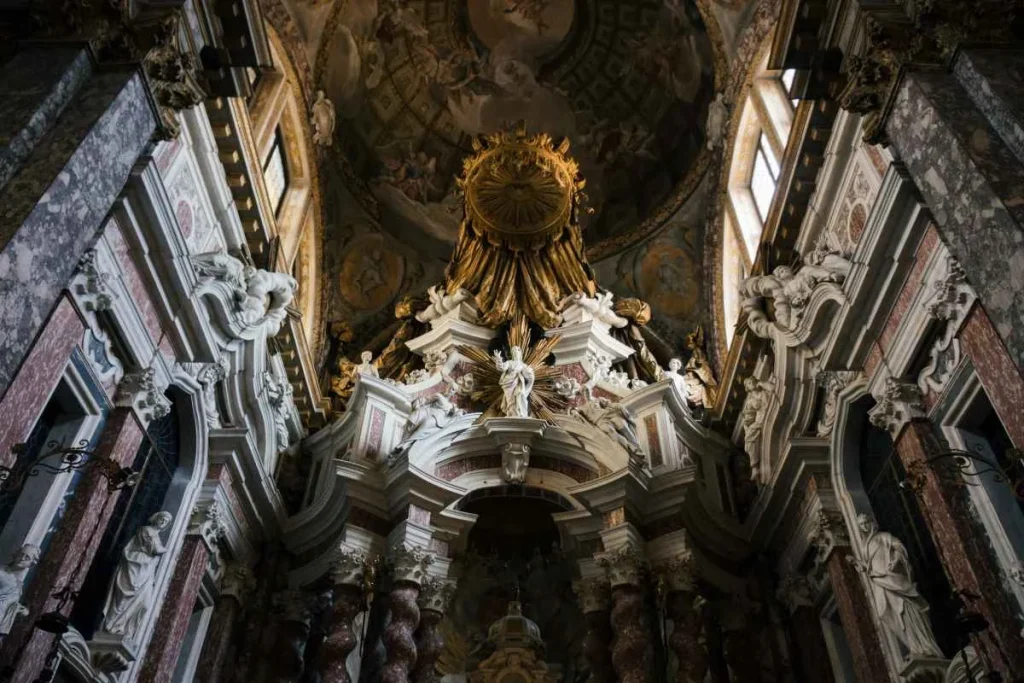
1. Mannerism
Baroque architecture, drawing inspiration from Greek classics and the Renaissance, adopted mannerism as a departure from rigid shapes and equilibrium.
This strategy, founded on optical illusions and the exploration of novel ideas, significantly contributed to instilling a profound sense of wonder in the elaborate structures of the Baroque era. It wasn’t merely a break from formality; it represented a daring embrace of visual fascination.
2. Ornate roofing and entryway
Architects aimed to command admiration from the very exterior of Baroque structures, employing elaborate roofs and entrances. The introduction of François Mansart’s chic Mansard roof, coupled with the adornment of pilasters and pediments on buildings throughout Europe, went beyond mere curb appeal.
This external grandeur not only captured attention but also established the ambiance for the awe-inspiring interiors characteristic of Baroque architecture. The exterior served as a tantalizing preview of the opulence awaiting within.
3. Trompe l’oeil
Trompe l’oeil, which translates to “fool the eye” in French, was a clever technique widely used in Baroque design. Frescoes enhanced with this method not only gave a three-dimensional illusion to flat artwork but also brought an immersive aesthetic to the interiors.
Imagine walking beneath a painted ceiling, skillfully crafted to resemble a heavenly window – this captures the sophisticated allure that defined Baroque interiors, inviting individuals to seamlessly become a part of the visual spectacle.
4. Fresco
In the Baroque era, frescoes were ubiquitous, whether inside the halls, corridors, or ceilings, narrating memories and instilling awe through their intricate designs. These mural paintings featured biblical scenes on partitions and ceilings, immersing humans into the coronary heart of Bible stories.
Baroque architects deliberately utilized frescoes, forging a deep connection between spaces and spiritual narratives, heightening the overall effect.
These colourful depictions were not merely ornamental; they shaped integral factors, skillfully weaving a story at some stage in the opulence of Baroque interiors.
How Baroque Architecture Is Used in the Modern Times
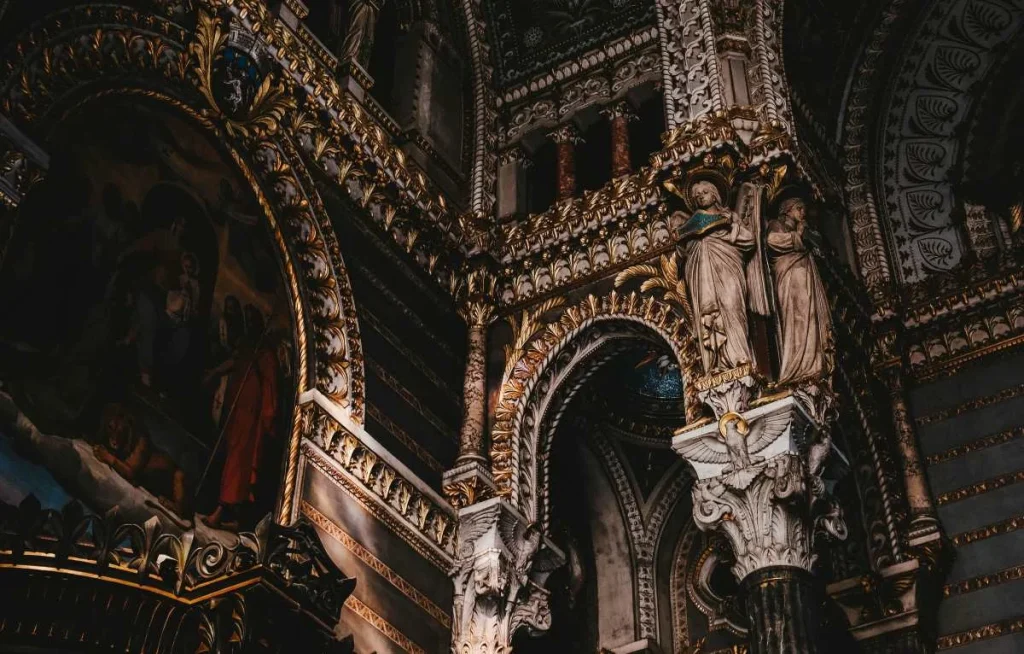
The Baroque makes a grand entry into today’s architectural landscape and is reintroduced in a vibrant revival style that exuberantly mixes historic ornateness with contemporary usability.
This resurgence skillfully blends monumental magnitude, meticulous ornamentations and rich spectrum of hues into contemporary compositions, generating an invigorating dialogue with both past and the present.
Curving Walls, Arches, and Domes
The Baroque influence manifests itself in today’s architecture as the sinuous curves of the walls, the artfully positioned arches, and the domes which mark the landscape.
These distinguishing features are appreciated by architects who creatively incorporate in the fabric of modern spaces to create an environment that resonates with charm and elegance.
The continuity of architectural form as an embodiment of Baroque aesthetics that links historical echo with current innovation, turns every construction into a living monument of perennating appeal of the Baroque in endlessly changing pattern of design.
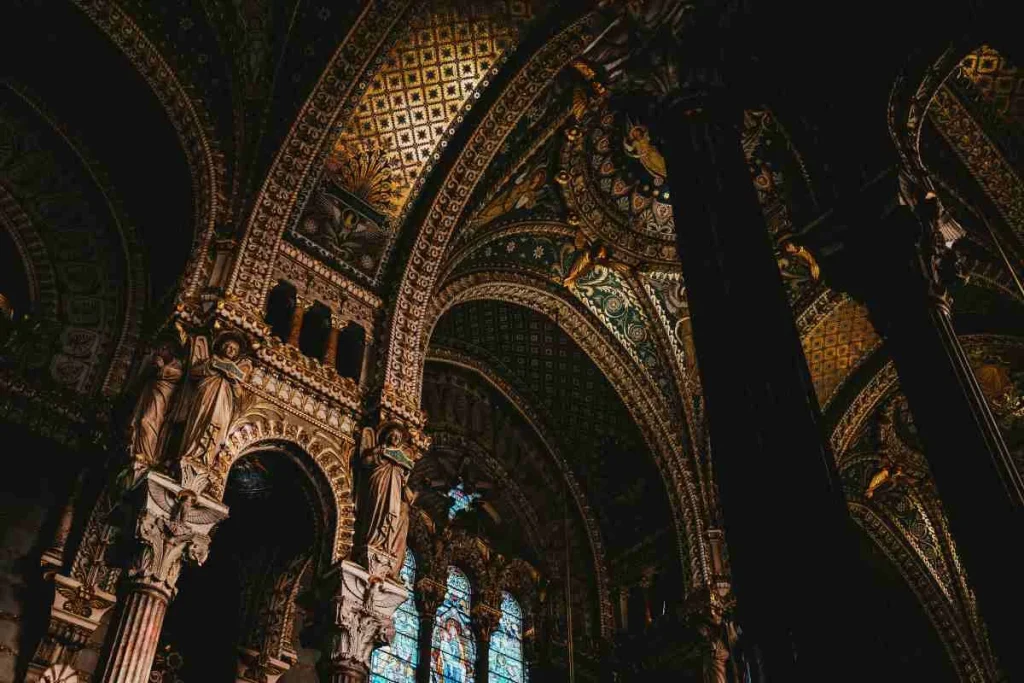
Contemporary Twist
Modern designers mix Baroque characteristics with a modern twist, turning revival into something far more than mere replication.
As this artistic union opens up, it reveals intriguing scenery full of different architectural expressions that intertwine with contemporary designs while still showcasing the Baroque grandeur. The combination of these elements creates an appealing visual narrative that remains remarkable.
Rich Decor and Color
Opulence is revived in the contemporary interpretation of baroque style through elaborate ornaments and vivid color schemes.
In the modern structures, architects skillfully incorporate intricate detailing crafting an elegant storyline that complies with changing taste of the present as well as pays deferential homage to the splendor and extravagance of Baroque style.
Examples of Baroque Architecture
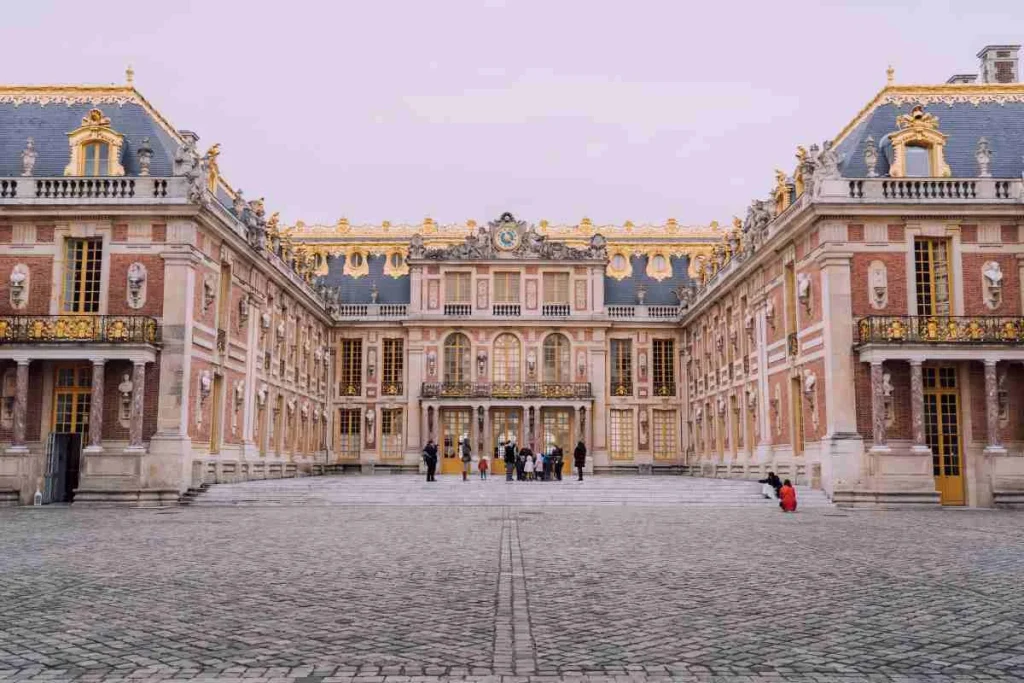
The National Museum of Australia
The National Museum of Australia, an outstanding piece of neo-baroque architecture constructed in 2001, showcased a unique combination of classic grandeur intertwined with untraditional shapes and ornamentations.
Thus, it combines baroque style with a striking modern air, becoming a perfect modern monument harmoniously uniting a historic and a present context.
Royal Palace of Madrid
The Royal Palace of Madrid built in 1735 is an epitome of Spanish Baroque style due to its symmetric and squared geometry. The palace is an inspiration derived from the renowned Italian Baroque architect Gian Lorenzo Bernini and remains as a testimony to the lasting beauty of Baroque architecture.
Walking down its majestic galleries one feels transported into historic ages of grandeur and precision of baroque ornamentation.
The Palace of Versailles
There is no palace more indicative and glorious of the baroqueness in classical architecture than the Palace of Versailles. From a humble hunters’ hut it has transformed into grandiose monument and been designated a UNESCO World Heritage Site.
Visitors are treated with a delightful trip back in time through its stunning gardens or gorgeous ornamentally furnished rooms all boast of classic yet enduring Baroque art.
Related Blog: Let’s Talk Architecture: What is Neoclassical Architecture?


